U.S. Leadership in Global Health:
Partnerships to Improve Life for People Everywhere

The U.S. public and private sectors made unprecedented efforts to advance global health between 1970 and 2020. Through both foreign assistance and the international public health system, the United States has worked to improve health care systems, food security, access to safe water, maternal and childhood health, disease surveillance, and research and development.

1977
A Global Nonprofit Health Organization for Primary Care Health Technologies
Founded in 1977 as the Program for the Introduction and Adaptation of Contraceptive Technology and known since 1981 as the Program for Appropriate Technology in Health, PATH has created and advanced quality health solutions worldwide. Based in Seattle, PATH has developed global capabilities in primary health care, malaria, vaccines, data analysis, and other areas. An example of how it has sought to provide affordable, effective, and culturally appropriate health technologies, especially to people in low-resource nations, is its support for development of a low-cost, spring-based scale to weigh newborns.

1986
Programs to Provide HIV/AIDS Relief
In 1986, just 5 years after the discovery of the illness now known as AIDS, the Institute of Medicine and the National Academy of Sciences published Confronting AIDS: Directions for Public Health, Health Care, and Research, which offered policy and research recommendations as one of the first comprehensive publications to inform the national response. In the same year, the U.S. Agency for International Development (USAID) established its HIV and AIDS portfolio to maximize the impact of the agency’s response to the epidemic. An initial $2 million investment allowed USAID to build capacity around HIV prevention efforts. Within a decade, the portfolio had grown to more than $440 million to improve HIV/AIDS care and to strengthen health systems around the world.
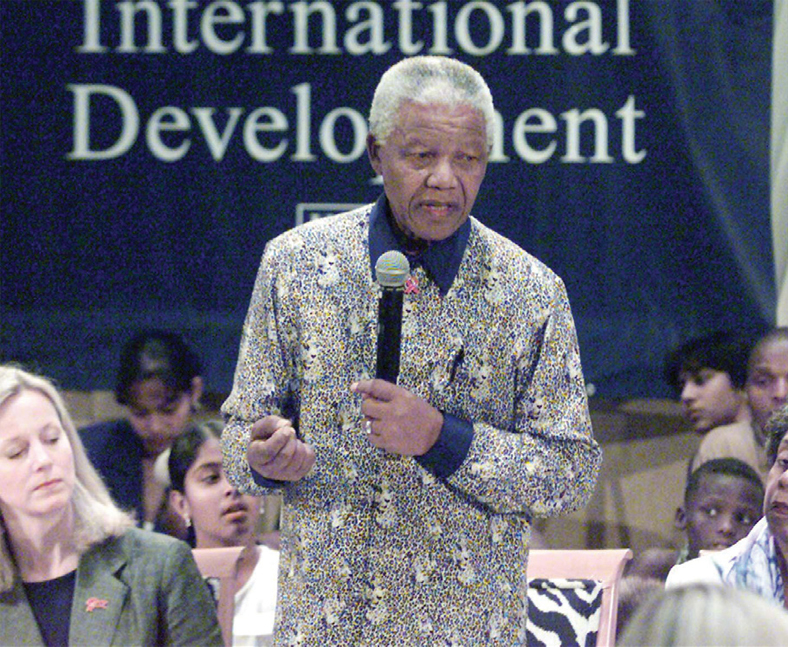
1988
Eradication of Viral Scourges
International efforts to eradicate some of the most common and deadly diseases that affect human health made tremendous progress in the half-century after 1970. A worldwide program launched in 1988 and led by the World Health Organization (WHO), the United Nations International Children’s Emergency Fund (UNICEF), and Rotary International resulted in the near eradication of the poliovirus in the 1990s, with polio persisting today only in Afghanistan and Pakistan. Based on research done at Johns Hopkins University on vitamin A deficiency, the WHO and its partners launched a global initiative in 1998 that delivered vitamin A supplements to more than 12 million children in 40 countries. The immunization program of UNICEF has saved many millions of lives since 2000, though millions of children still are not vaccinated against common diseases.
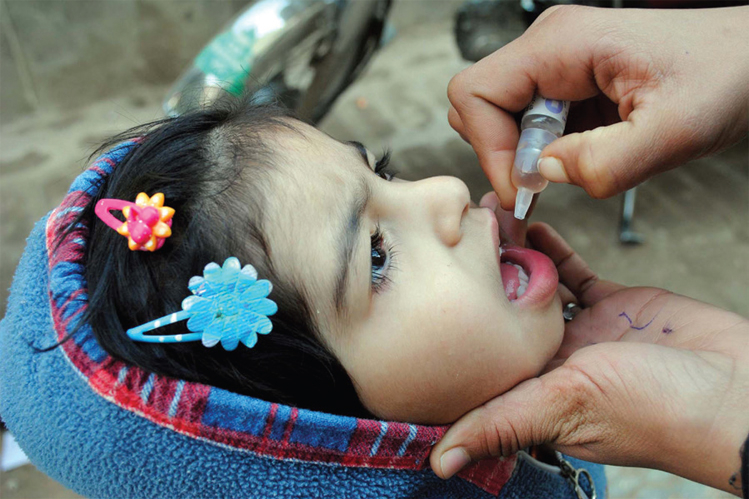
1993
Drawing on Traditional Medicine
Traditional medicine remains important in the daily lives and health care of people around the world, while complementary or integrative medicine, often grounded in traditional medicine, is used regularly by half the population of industrialized countries. Creation of the Global Initiative for Traditional Systems of Health (GIFTS) in 1993 signaled a commitment by the United States to support the value of traditional and complementary medicine in policy and research. Since its foundation, GIFTS has studied the intersection between traditional medicine and many areas of health care research and delivery, including intellectual property rights, mental wellness, biodiversity, HIV, malaria, and noncommunicable diseases.

2000
Founding of the Bill & Melinda Gates Foundation
Since 2000, the Seattle-based Bill & Melinda Gates Foundation has radically reshaped global health care. The foundation works to reduce extreme poverty and improve health and health care around the world. The foundation’s focus on high-risk, high-impact projects has produced major global improvements in sanitation, nutrition, agriculture, and infectious disease research and treatment.

2005
Envisioning a World Without Malaria
President George W. Bush launched the U.S. President’s Malaria Initiative (PMI) in 2005 with the initial goal of drastically reducing malaria illnesses and deaths in sub-Saharan Africa and the long-term goal of eliminating malaria from the world. PMI has pursued four evidence-backed malaria prevention and treatment measures: insecticide-treated mosquito nets, indoor residual spraying, accurate diagnosis and prompt treatment with artemisinin-based combination therapies, and intermittent preventive treatment of pregnant women. Between 2000 and 2015, the incidence of malaria cases dropped 41 percent and malaria mortality rates went down by 62 percent. Based on the results of the 2019 pilot program in Ghana, Kenya, and Malawi, in 2021 the World Health Organization recommended the widespread use of the RTS,S malaria vaccine for children in regions with moderate to high malaria transmission.
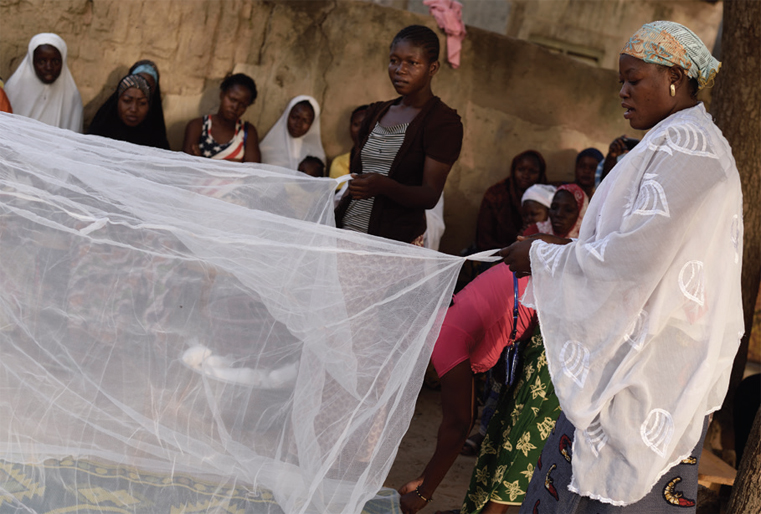
2007
Using Metrics to Understand Global Health
Building upon the Global Burden of Disease (GBD) project operating since 1990 at the World Health Organization, the University of Washington received a $105 million donation in 2007 from the Bill & Melinda Gates Foundation to recruit the lead research team and fund the Institute for Health Metrics and Evaluation (IHME). By documenting, analyzing, and disseminating global health statistics and by conducting rigorous evaluations of global health interventions, IHME seeks to promote safe, effective, and evidence-based programs to tackle massive chronic health problems in the developing world. The GBD and IHME have helped explore and explicate the complex factors involved in improving international health by emphasizing a new health metric called disability-adjusted life years lost. IHME was also one of the prominent sources of modeling for the COVID-19 pandemic.
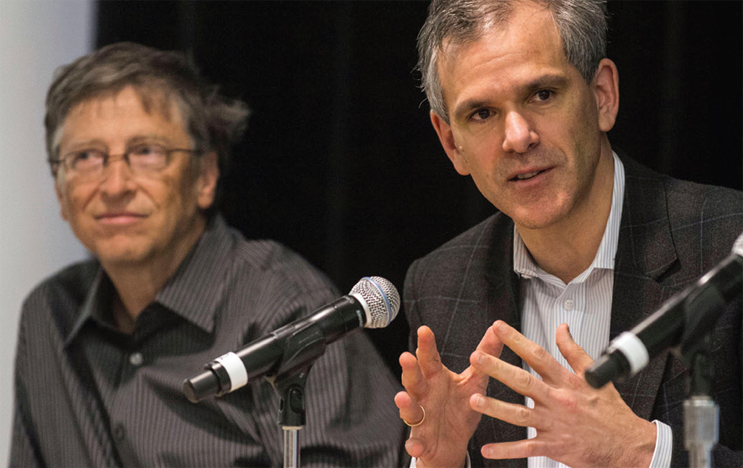
2008
Recommendations for Improved Global Health
The 2008 report The U.S. Commitment to Global Health: Recommendations for the Public and Private Sectors stated that the United States should reaffirm and increase its commitment to improving the health of people in developing nations. This requires combining population-based health promotion and disease prevention measures with individual-level clinical care. In particular, efforts to generate and share knowledge, scale up existing interventions, build human and institutional capacity, and increase and fulfill financial commitments could help realize the tremendous opportunities that exist to improve global health.
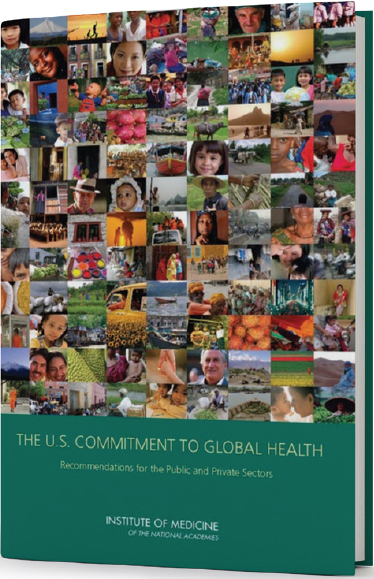
2019
Combating Infectious Disease Threats
The need for a coordinated global response to infectious diseases was never clearer than with the onset of the coronavirus disease 2019 (COVID-19) crisis. The pandemic impacted all countries and populations, making international cooperation both a practical and moral issue. Control of COVID-19 within one nation’s borders is dependent on its neighbors and beyond, and clearly highlighted the interconnected nature of our shared global health. Investment, response, and cooperation must therefore match the threat—to ultimately achieve equity and resilience against future pandemics and other global emergencies that threaten our shared future.
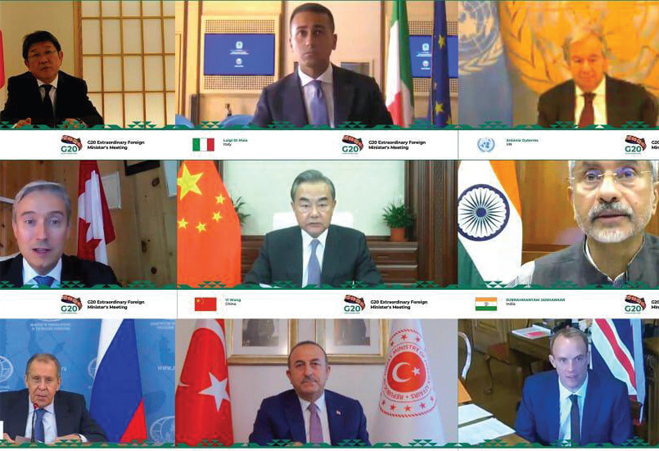
The COVID-19 pandemic illustrated more clearly than ever before that the health of our nation depends on health around the world. Leadership in global health is not only an ethical obligation for the United States and other developed nations, but also an investment against future pandemics and other global health emergencies that threaten our shared future.




